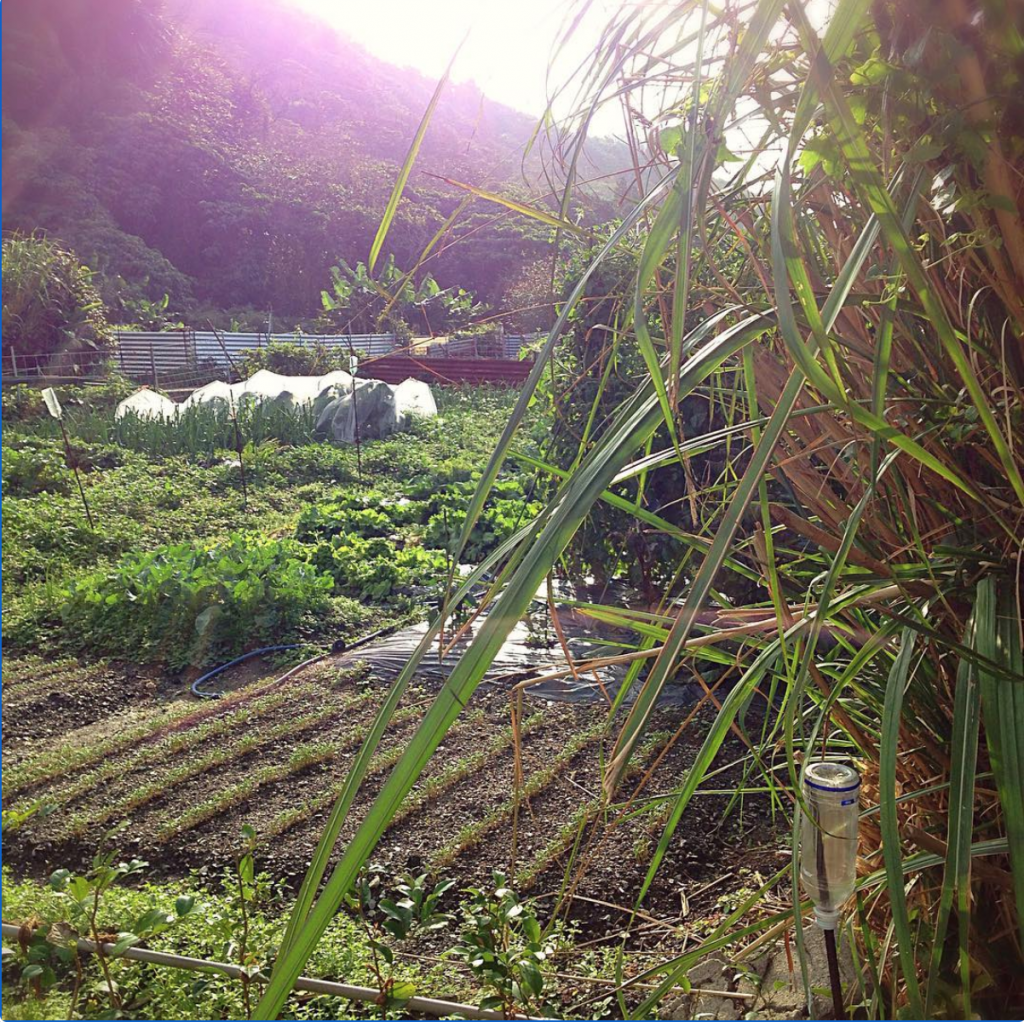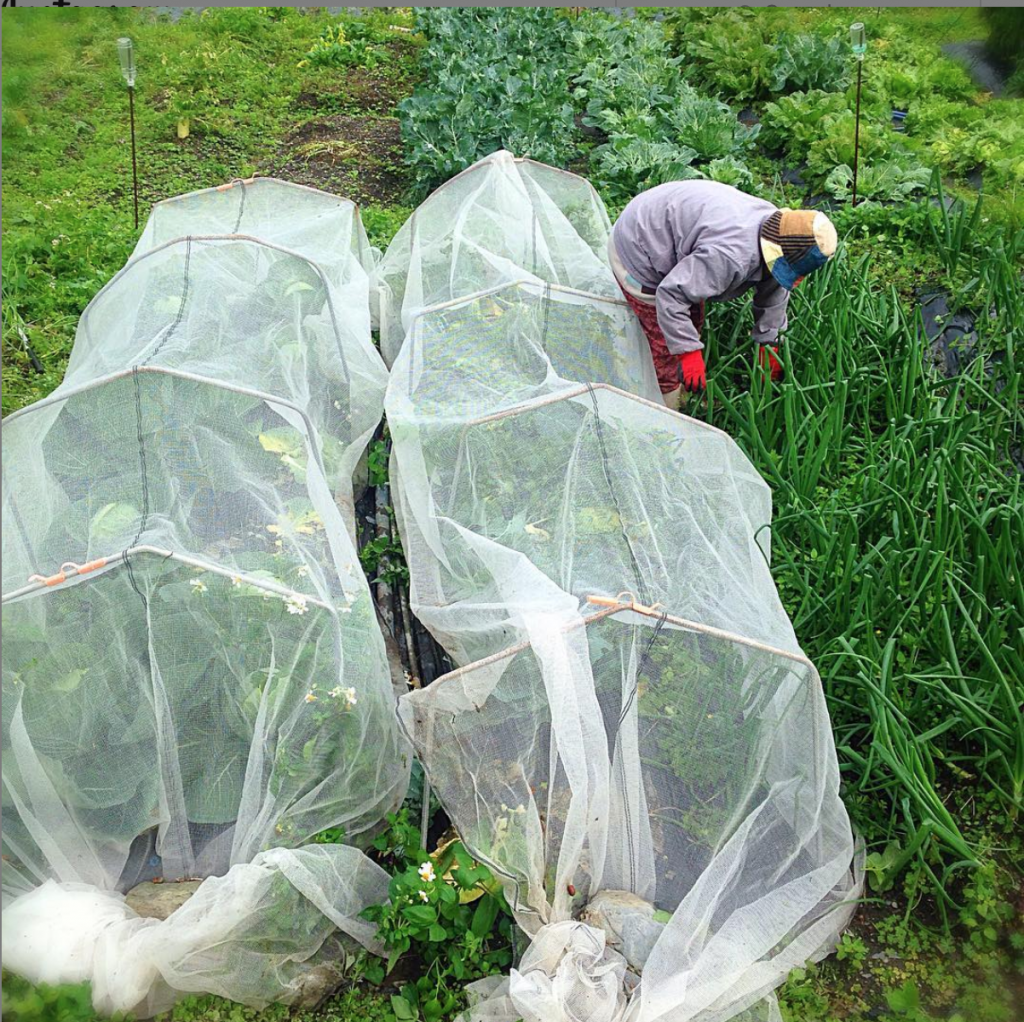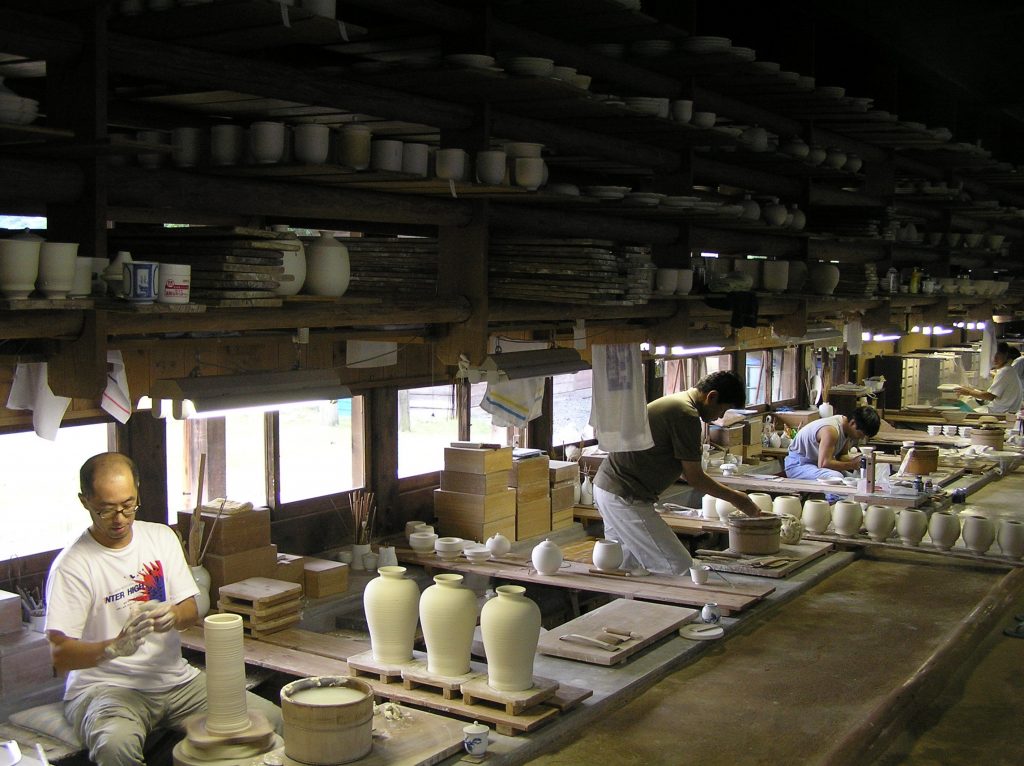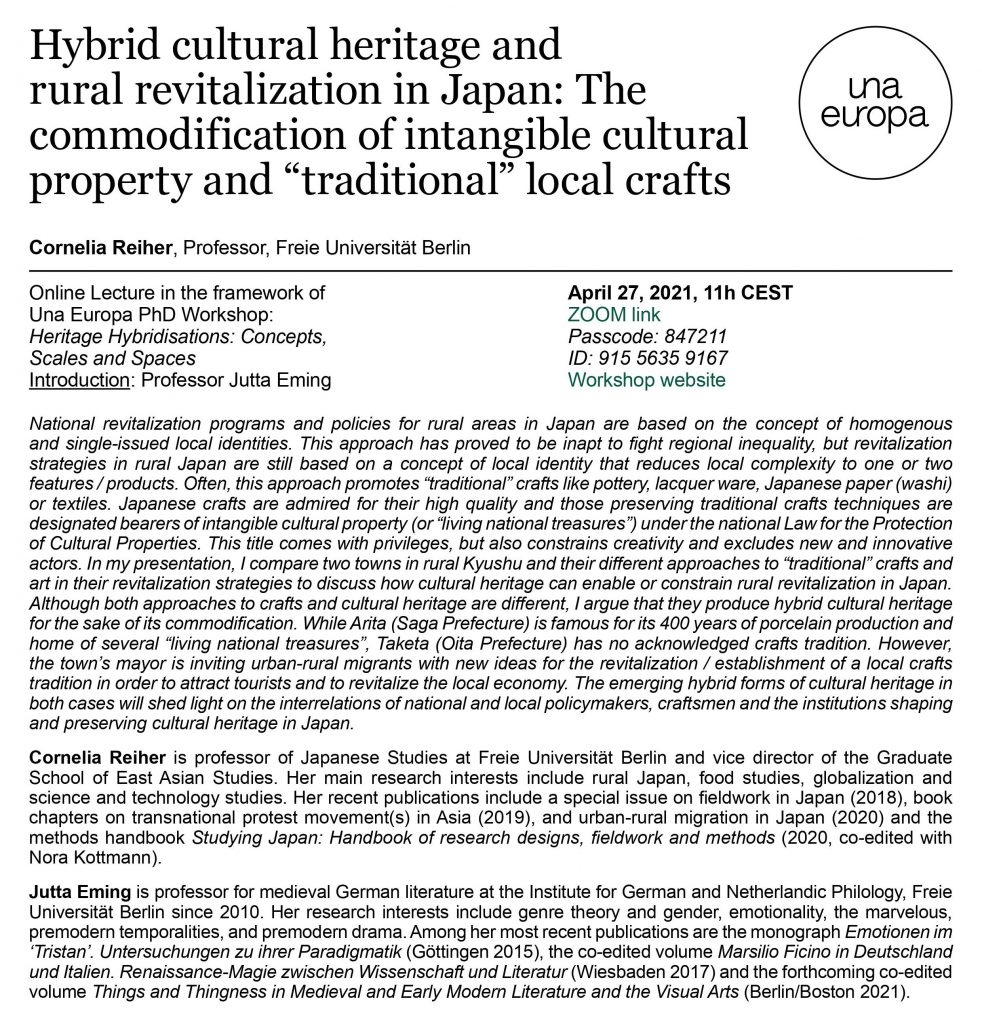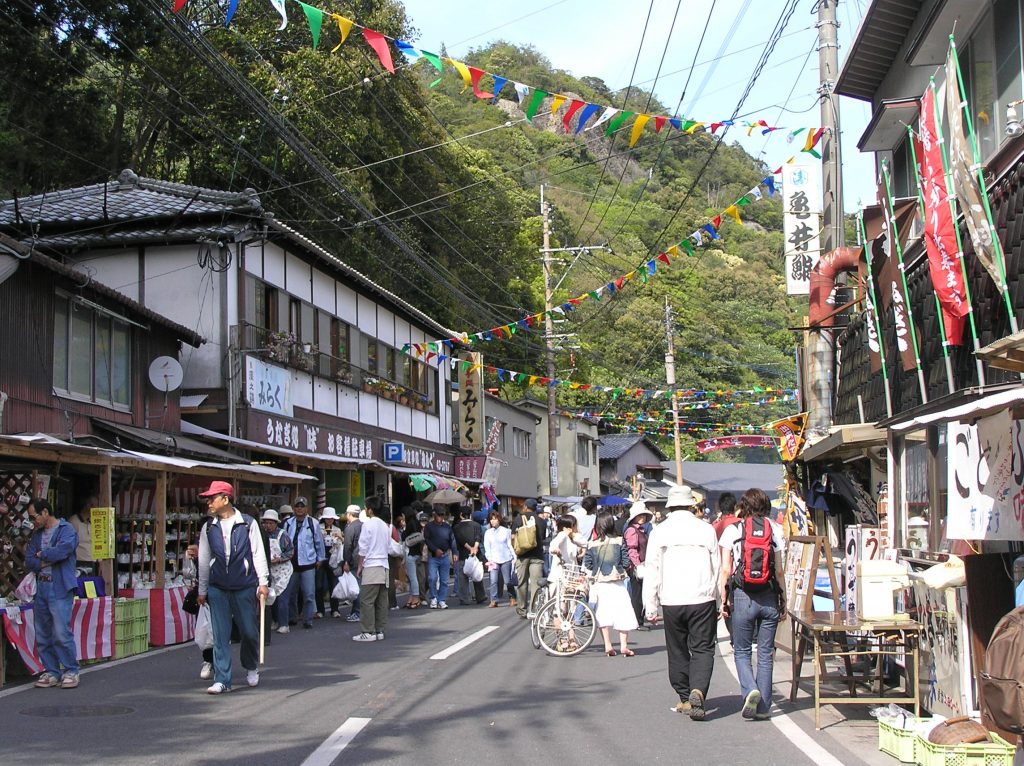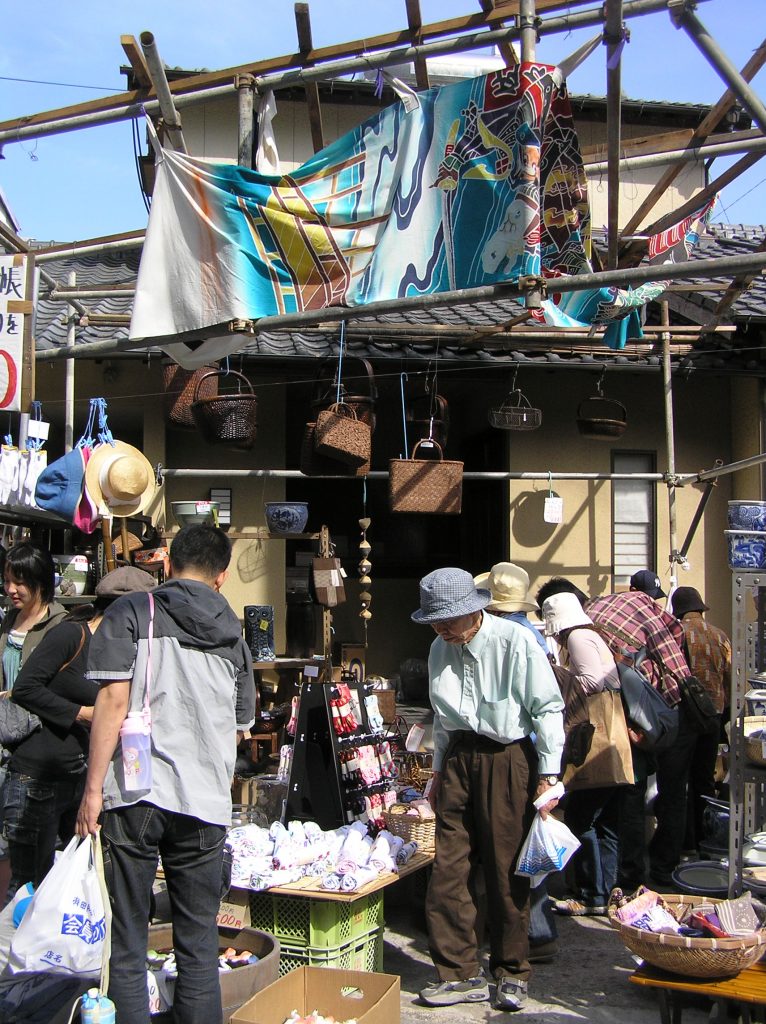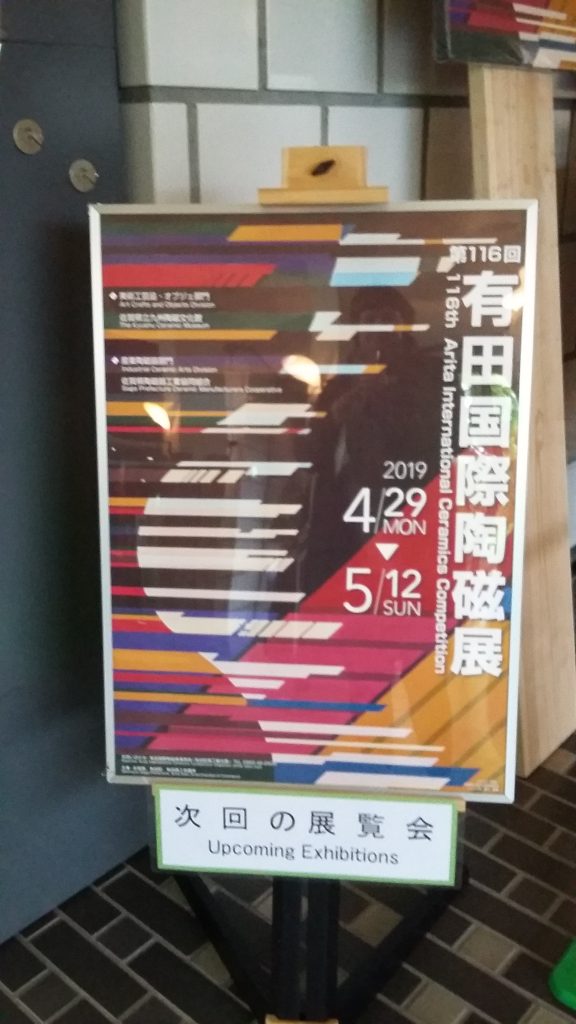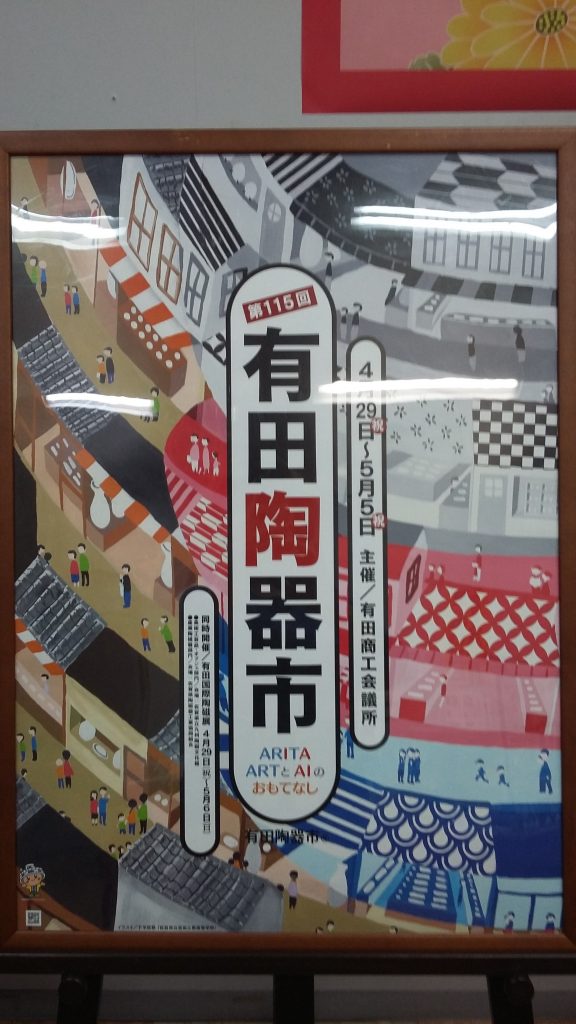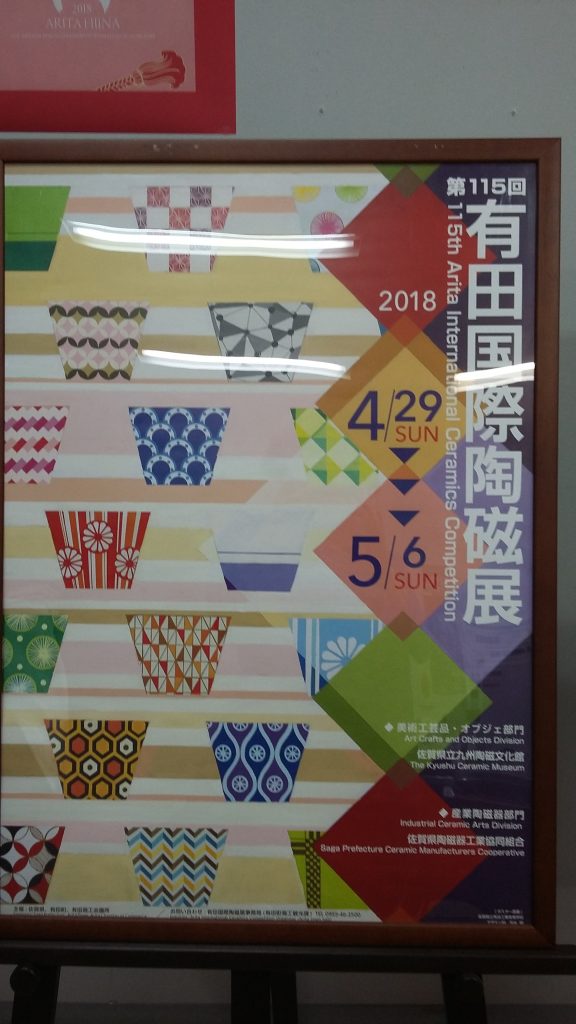By Sarah Bijlsma
Four years ago, on a summer morning, I stepped in the elevator of the Metropolitan Government Building in Tokyo. I had just arrived in the Japanese capital after a nine-hours long, uncomfortable bus ride that was meant to save the costs of one night’s accommodation. Standing on the observation deck 200 meters above the ground, I looked at the little squares that I knew were buildings, still sharp in the beginning but blurring into a homogenous grey mass that continued until the horizon. I had never been to a place where concrete did not seem to have an end. Mini-cars and mini-buses moved below me through the streets, but besides, I could not see any signs of life when looking out over the metropole. There, I realized that Tokyo is not so much a background against which people live their individual lives. It is the other way around; Tokyo is the authority here, residents only attribute to its being. The city’s geometric logic and standardization master social, cultural, and economic space in ways that make all living beings and material places to function the larger city design. I felt small up there, yet, feeling small in such a place has less to do with physical size. It was more the overwhelming determinedness of the city that caused my feelings of both emptiness and awe.
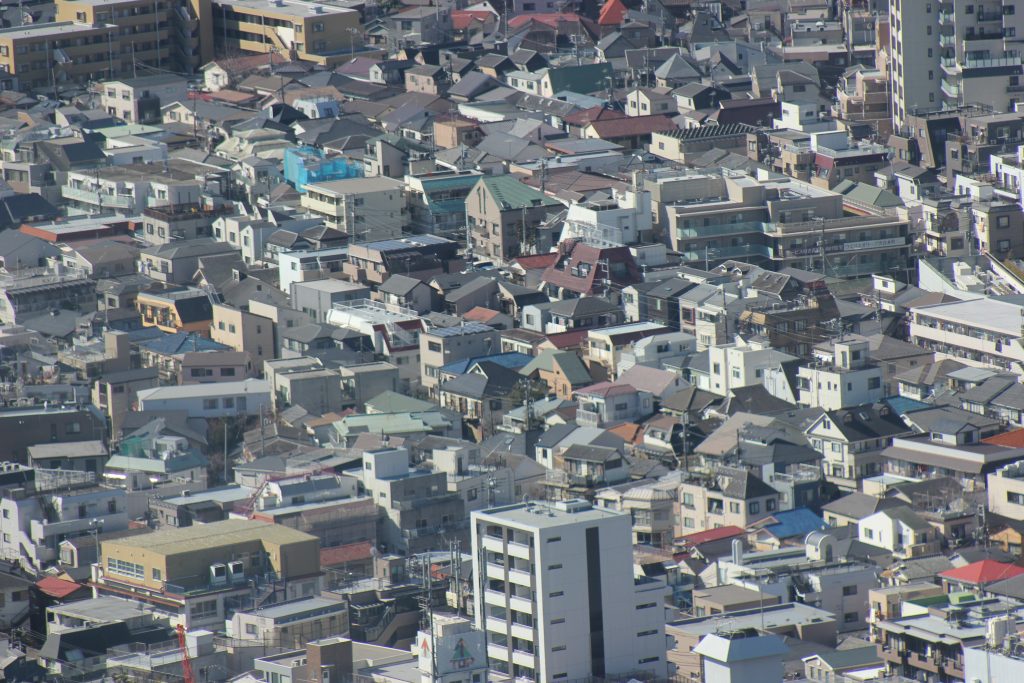
View from the Metropolitan Government Building in Tokyo
Copyright © Maritchu Durand 2018
Japan is known to be one of the countries with the highest degree of urbanization worldwide. In 2019, around 91% of the population was living in urban areas, good for almost 115 million individuals [1]. This trend is a typical case of self-fulfilling prophecy; while people, jobs, and opportunities become geographically bound to the Japanese metropoles, rural areas suffer under the pressures of a declining and aging population, and their livability declines. Yet, the ongoing Covid-19 pandemic has provided people around the world with opportunities to rethink their ways of living and working. Japan, despite its relatively low infection rate, is not excluded from these debates. According to the Japan Times, 27,006 people moved into Tokyo in the month of September of 2020, a fall of 11,7% compared to the numbers of the year before. At the same time, 30,644 people moved out of the metropole, which is an increase of 12.5% year-on-year. For the third straight month in a row – the longest term ever measured – the numbers of people moving out of Tokyo outnumbered the ones of those moving in. [2]
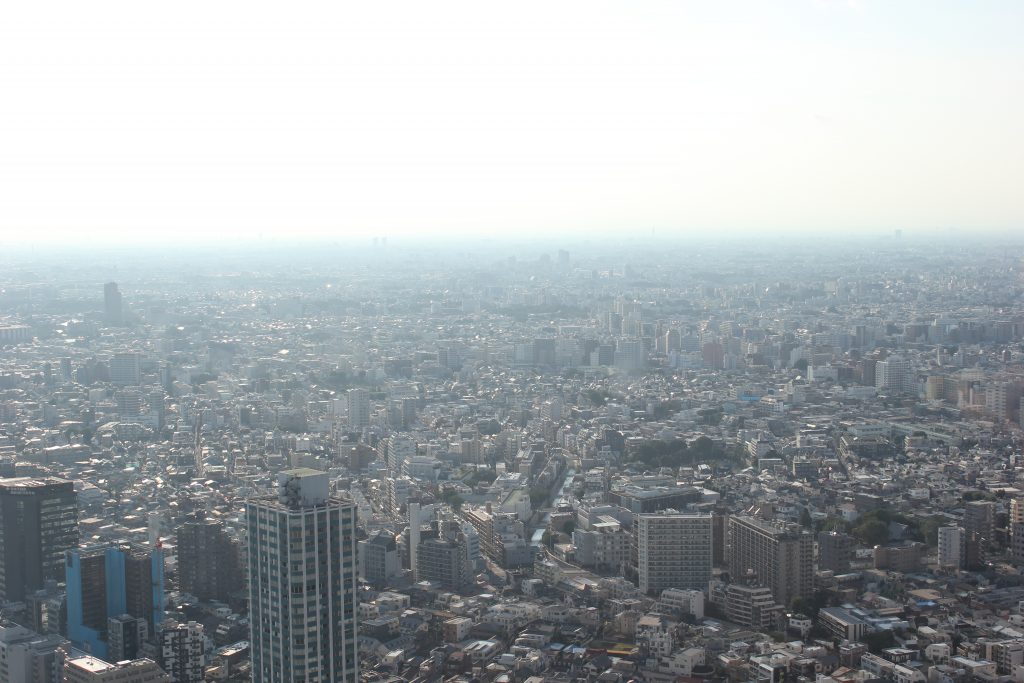
View from the Metropolitan Government Building
Copyright © Maritchu Durand 2017
So where do people go when they “escape” the urban jungle? Is the Japanese countryside turning into a hub for young Tokyoites? The Hometown Return Support Center (Furusato kaiki shien sentaa), an NPO that supports local governments in the revitalization of localities by providing consultation on rural in-migration, job opportunities, and community building, among others, has conducted a survey in 2020 amongst more than 7500 Japanese that wish to relocate to a rural area. Inquiring about their desired destination, the organization concludes that the prefecture most popular amongst aspiring emigrants is Shizuoka prefecture. On the second place ranks Yamanashi, on the third Nagano – prefectures all located just outside of the Tokyo metropole. [3]
In contrast to what the Japan Times article suggests, the survey of the Hometown Return Support Center notes that compared to 2019, the number of inquiries received by email, phone, and other channels decreased with 22% throughout the course of the year. I compared the findings from the article with statistical data on domestic migration within Japan. In March 2021, Shizuoka welcomed 11.864 individuals from other prefectures. The numbers for Yamanashi and Nagano were respectively 3.069 and 6.494; all only a fraction of the new resident numbers in, for example, the prefecture Chiba (33.636), Saitama (36.895) and Fukuoka (23.949) [4]. Also, when looking at migration trends throughout the previous years, especially Aichi and Kanagawa Prefecture witnessed a high number of new residents. [5]
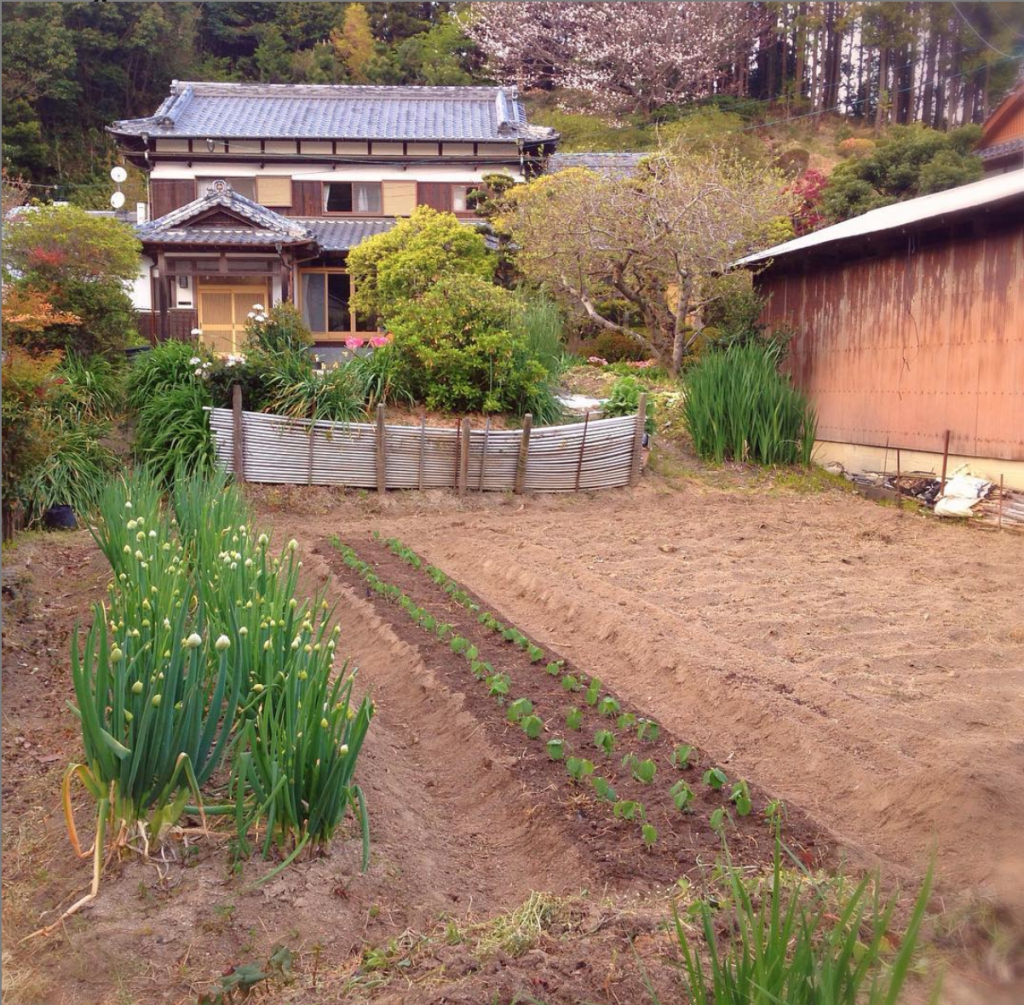
Copyright © Sarah Bijlsma 2019
Why do these numbers not correlate with the outcomes of the survey that was conducted by the Hometown Return Support Center? One could say that while people dream of moving to certain places, only a few of them actually make the move. This could be, of course, for several reasons. Perhaps did Shizuoka, Nagano, and Yamanashi Prefecture became so expensive that only the upper-class can afford actually living there? Perhaps these three places hold a particularly strong image in the Japanese imaginary, yet, after seriously exploring their possibilities, aspiring migrants conclude that other prefectures are more convenient as a living place? Or perhaps there are simply many city dwellers playing around with the idea to move away, but in the end decide to terminate their plans and stay in their known environments?
Copyright © Sarah Bijlsma 2019
That being said, it seems that the depopulation trend of Tokyo did not set through. In March, 97.325 people moved into the capital, while only 69.544 managed to escape. [6]
[1]
Data derived via https://www.statista.com/statistics/270086/urbanization-in-japan/ (Accessed 29 April 2021).
[2]
Japan Times (2020, 4 November): “Let’s discuss moving to the countryside” https://www.japantimes.co.jp/life/2020/11/17/language/lets-discuss-moving-countryside/. (Accessed 29 April 2021).
[3]
Data derived via https://www.furusatokaiki.net/wp/wp-content/uploads/2021/03/webnews_20210304_furusato_ranking2020.pdf (Accessed 29 April 2021).
[4]
Data derived via https://www.e-stat.go.jp/en/dbview?sid=0003420473 (Accessed 29 April 2021).
[5]
Data derived via https://www.e-stat.go.jp/en/dbview?sid=0003404081 (Accessed 29 April 2021).
[6]
Data derived via https://www.e-stat.go.jp/en/dbview?sid=0003420473 (Accessed 29 April 2021).

